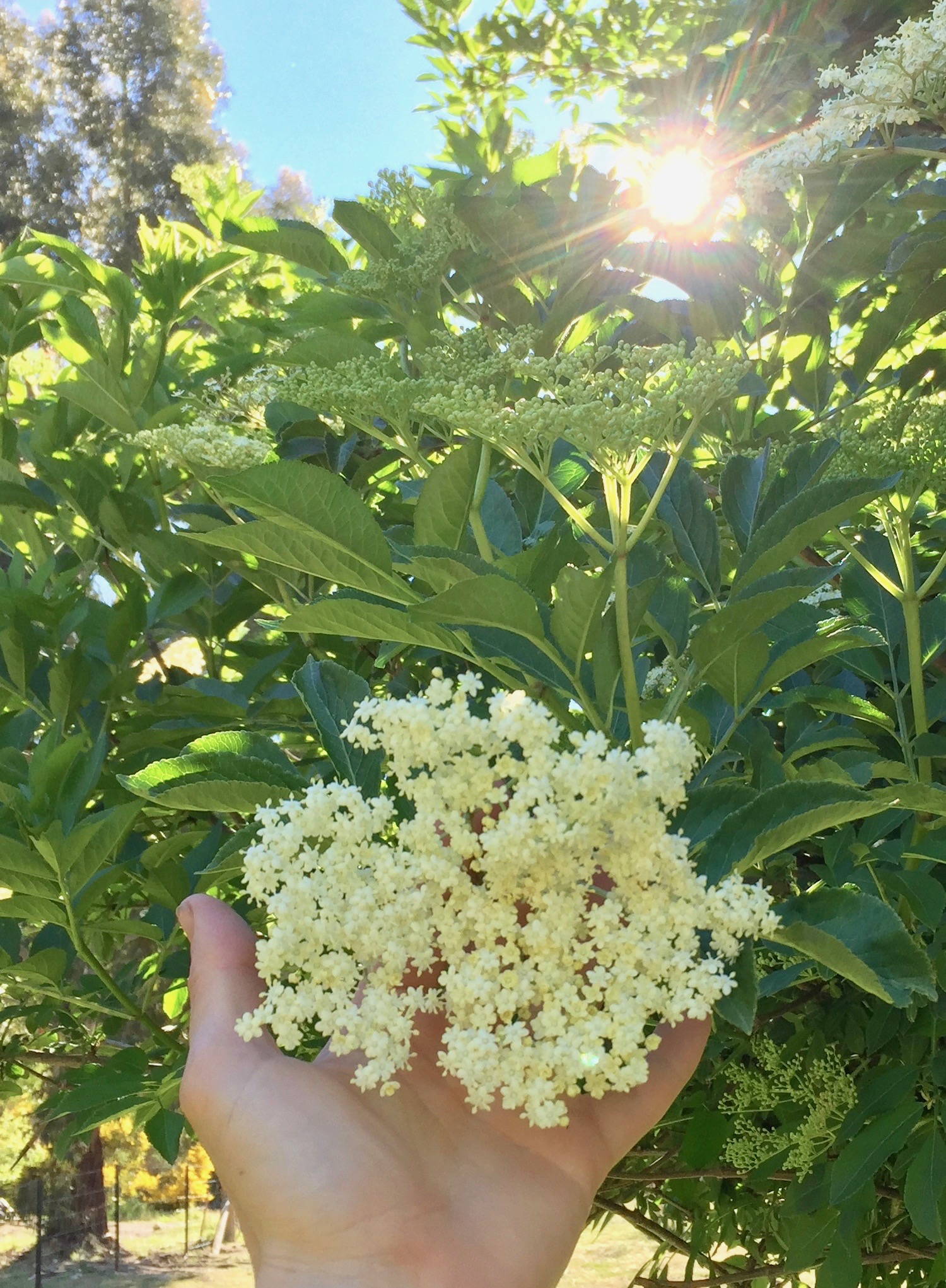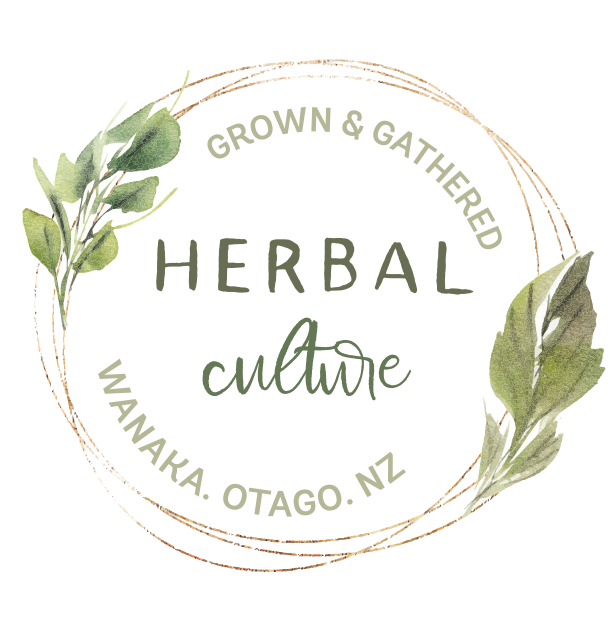
Sambucus nigra
Elder tree
Come here, come close, come sit with me. As I tell you of the many tales and myths of me. Perhaps one day, you yourself will see, shhhh enough to be quiet and listen to me. Ohhh how many stories there have been! Now, do you find yourself lured to me? Take a seat right here underneath the shade of my branches. Feel yourself intrigued by my clusters of starry white flower dancers. Begin to trace my leaflets, shaped lance, fall far enough you may enter a fairyland trance.
Breathe me in deeply; do not be spooked by what you might have heard. Only then can you decide, what might you believe ? For yes, I am Sambucus nigra, your lovingly dear Mother Elder tree.
Elder is ‘nature’s medicine chest’ for the variety of gifts it offers, and for that, aiding us in creating some power plant potions throughout the seasons!
The history of the elder tree is far from short, whilst its medicinal reputation really began to blossom during the Middle Ages, when dubbed a plant that could cure almost anything…
With the white fragrant flowers announcing the beginning of summer, they commonly crafted cordials, syrups and refreshing wines of these. The dark purple berries would then signal the end of summer and were popular as wine, brandy and sweet winter syrups.
The Romans were creative enough to make use of the elderberry juice as a cosmetic, creating a hair-dye. Writings of Nicholas Culpepper, a 17th Century herbalist, detail that ‘the hair of the head washed with the berries boiled in wine is made black’
The leaves have an unpleasant odour when bruised, though this scent has proven to be useful in many different ways! Green gardeners of the past have made decoctions of the young leaves and applied it as a foliage spray to deter aphids and caterpillars. Crushed leaves have also been worn in one’s hats to prevent flies from settling on the shoulders. The making of an infusion has also been known to be a safeguard from mosquitoes and midges; once cooled it may be pour or press onto the skin (topically only).
Today elder flowers and berries are known as a valuable remedy for ‘flu, colds and chest conditions. Elderberry syrup is prized for preventing and treating upper respiratory infections. Elderflower infusion taken internally makes a soothing remedy for those suffering from cold and ‘flu, by stimulating sweating, relieving fevers and cooling the body.
Mythical:
There are many superstitious stories linked to this power plant spirit, yet they would vary considerably from country to country. In places, such as Denmark, it was believed the tree was inhabited by the elder tree mother, Hylde Moer, who would seek revenge and haunt anyone who would take a piece of her wood without permission. With this in mind, English country folk are still suspicious of the tree and when asked to trim a hedge or remove their spreading branches they couldn’t bring themselves to, for the fear of being cursed by bad luck!
In other countries, such as England, Russia and Sicilia, the elder tree is a symbol of protection. It was once believed, by hanging elder leaves, branches or blossoms at ones door and windows she would ward off evil influence, witches, serpents and robbers.
The elder wood was traditionally used to make wands; the wood to be gathered on a full moon and paid for with a drop of your own blood. Wands were made on a fire new moon, with the name of the witch being carved into the wood. They were then passed through the flames of a ritual fire and anointed with special oils.
Superstition aside, perhaps you can find an elder tree near you to sit beside
See if you can sense her story…
References:
- National geographic: Guide to Medicinal Herbs, The world’s most effective healing plants. Forward by Andrew Weil, M.D.
- The Herball’s Guide to Botanical Drinks. By Michael Isted
Encyclopedia of Herbal Medicine, By Andrew Chevallier
